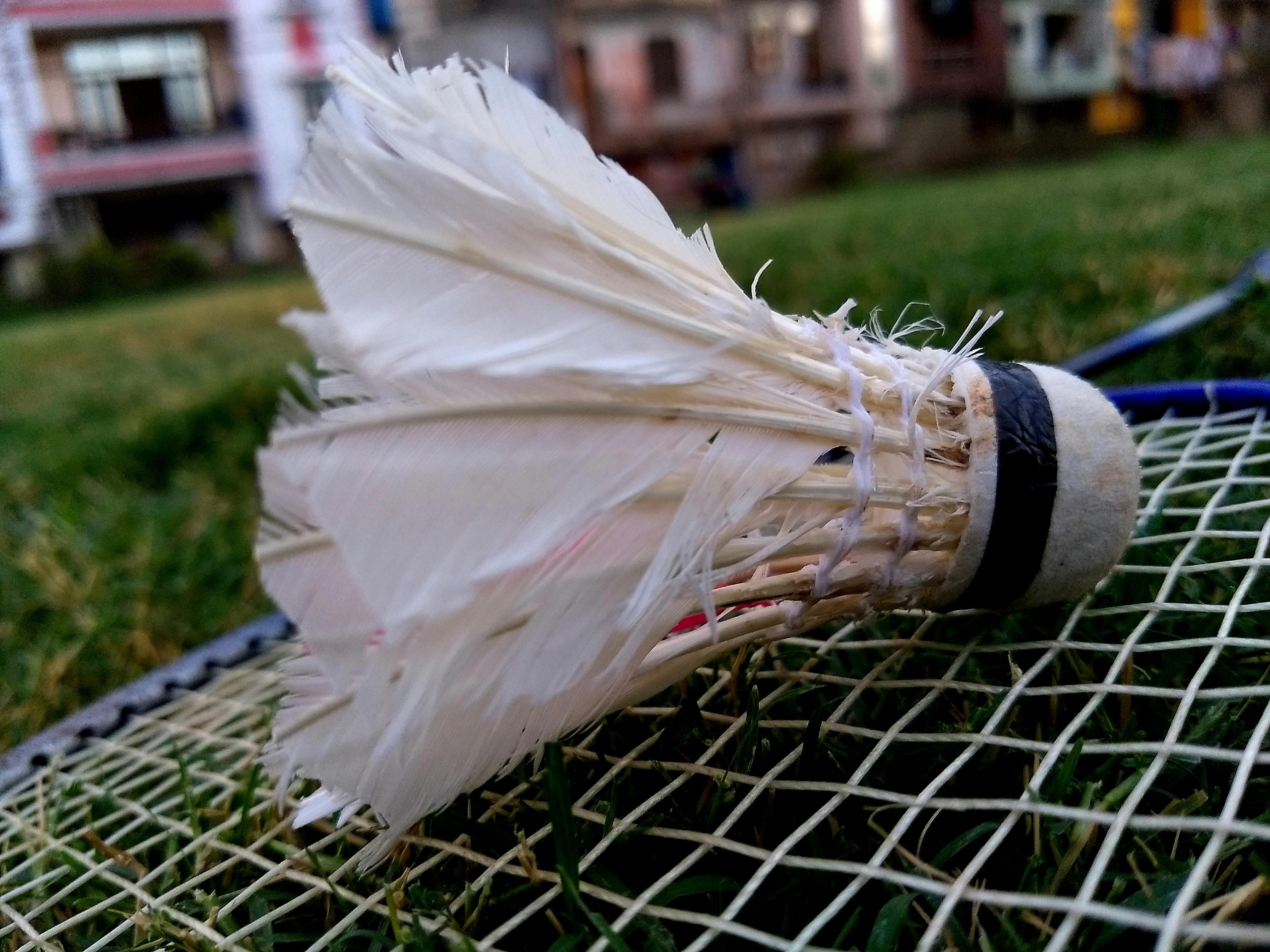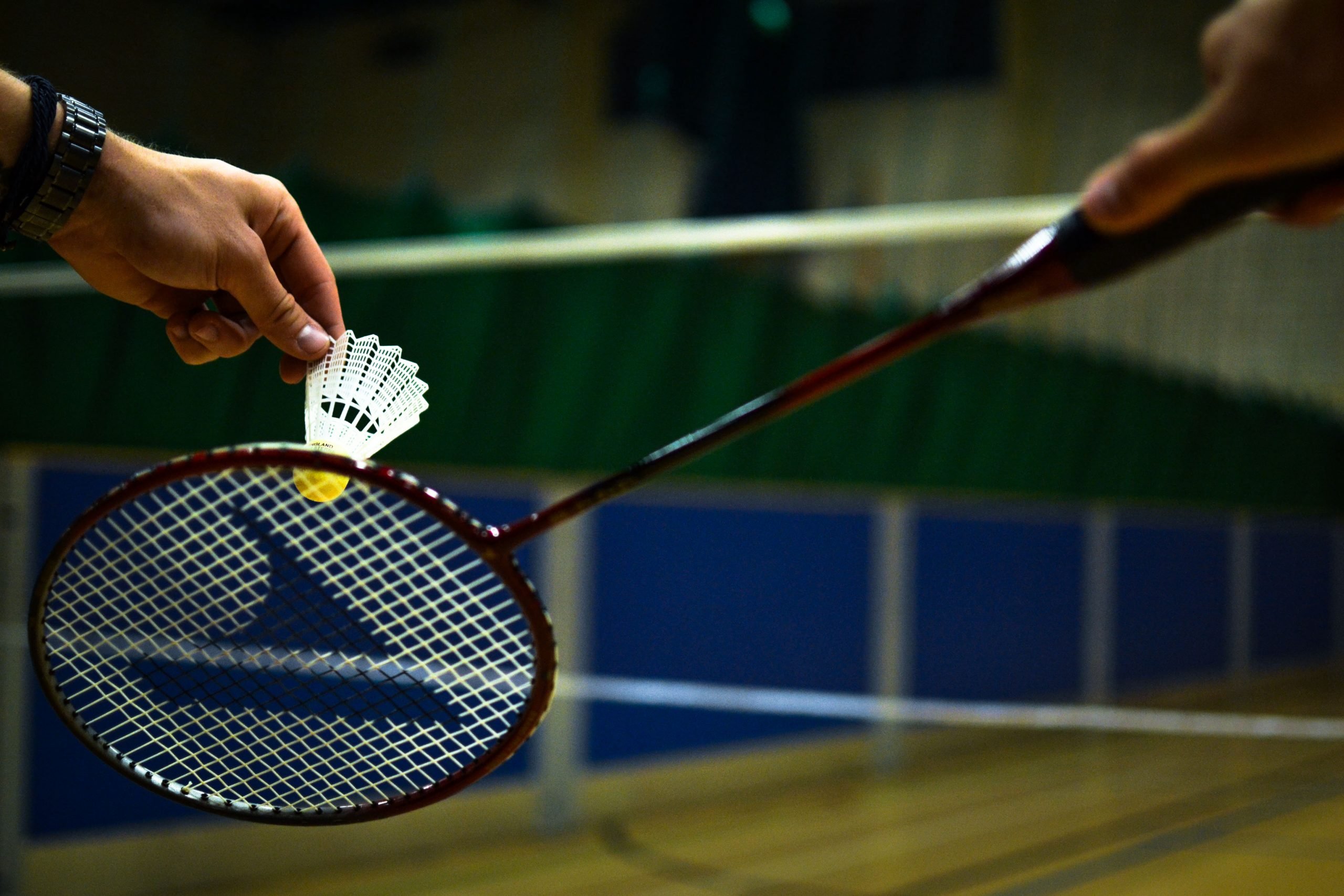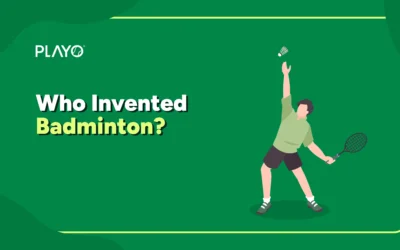If you don’t know what’s “LOVE” in badminton, you probably aren’t aware of the terminologies, badminton game has.
Badminton, like most outdoor games worldwide, is a fast-paced game. Just as we say stumps, wickets, and runs in cricket, there are badminton terminologies that players use often during the game. For all the badminton enthusiasts, from amateurs to professionals, here is an article that explains all the must-know badminton terminologies.

Official badminton terminologies you must know
This list of badminton terms is for competition referees, players, and badminton fans.
Badminton terminologies used during a Service
Short– During service, if the shuttle hits the ground before reaching the short service line, we call it short.
Long– If the shuttle falls outside the baseline of the court, it’s known as long.
Wide– If the shuttle falls outside the side boundaries of the court, we call it as wide.
High – A high serve is hit in the upward direction to cross the net and land deep on the opponent’s side.
Low – It is played to land the shuttlecock close to the short service line after just passing over the net.
Flick – A flick serve is a clever serve, where you hit the shuttlecock in an upward direction. The trick in the service is that the speed of the racquet increases in the last millisecond, making it difficult for the opponent to judge the shuttle speed.
Drive – In this service, the shuttlecock’s speed is the fastest. The objective of this service is to make it flat and fast at the same time.
Let– A let is given when the server delivers the shuttle before the receiver is ready, or when the shuttlecock gets stuck in the net. The umpire calls for a ‘let,’ and the rally restarts.
Scoring Badminton Terminologies for players
Point: A team earns a point when they win a rally, or the opponent team serves you with a fault.
Fault: A fault is a violation of the rules resulting in the loss of the rally. Various faults can occur, such as serving in the wrong service court, the shuttlecock landing outside the boundaries or hitting the net during a shot.
Love: Love means Zero (0 points). The game starts with the scoring of “Love all”, which means 0-0.
Deuce: The game is played for 21 points. It is termed a deuce when both players have reached 20-20. From here, the player has to score two straight points to win the match.
Game point: The game is played to 21 points. And if the team reaches one point away from winning, it is called a game point.
Match: A badminton match is typically the best of three games. The player or team that wins two out of three games wins the match.
Advantage: In the game, if there is a point where the players are at deuce, whoever wins the next point is said to have the advantage. Two things can follow, either the person with the benefit wins the next point and wins the game or can lose the point, and again it becomes a deuce for the players.
Court Area terminologies, badminton players use
Alley: The area on either side of the court extends to ½ feet beyond the singles sideline. This area comes into use during the doubles game.
Back Alley: The area between the boundary line and the long service line for doubles.
Baseline: The baseline is the back boundary line that runs parallel to the net.
Short Service Line: The line adjacent to the net at the front of the court. The server must stand behind the short service line when serving.
Long service line: It is located closer to the baseline than the short service line. It is located 2.5 feet (0.76 meters) from the baseline, and any service must not go past this line.
Central line: A line that runs perpendicular to the net, dividing the court into two equal halves.
Inner tramline: The two lines that run parallel to the singles’ sidelines but are further inside the court. They are used in doubles matches to determine the boundary of play.
Outer Tramlines: The outer tramlines, also known as the singles sidelines, are the two lines that run perpendicular to the net and determine the width of the court for singles matches. The shuttle must land within these lines for it to be considered in play.
Forecourt: The area between the net and the short service line from where net shots are played.
Rear court: The area beyond the long-service line is the rear court which extends up to the baseline of the court.
Mid-Court: The middle area of the court, between the forecourt and the rear court.
Service court: The service court is the area marked out to determine from where the player should serve and to where.
Base position: The court area where players should return to after delivering each shot.
Badminton terminologies during the Rally
Rally – A rally forms when the players hit the shuttle back and forth multiple times before one side misses a shot and the other scores a point.
Attacking clear: Attacking shot is an aggressive shot hit by the player to the opposite side of the court.
Carry: Carry in badminton terminologies is an illegal shot where the shuttle remains on the racquet for a time before delivering.
Forehand strokes: Forehand strokes are hit with the front of the hand or hitting with the palm.
Backhand strokes: Backhand strokes are hit with the back of the hand with knuckles on the front.
Terminology for badminton shots
Air shot: Air shot happens when the receiver tries to hit the shuttle but completely misses it giving the shot to air.
Drop Shot: A drop shot is played softly and close to the net, causing the shuttlecock to fall just over the net and land close to the opponent’s side. It aims to catch the opponent off guard and force them to move quickly to retrieve the shot.
Clear: To clear the shuttle means simply sending it back to get yourself out of trouble or playing it safe.
Follow through: Follow through is hitting your opponent’s shuttlecock after it has stopped moving on the ground, allowing you to win points. You need good follow-through when playing badminton because it allows you to hit your opponent with power and accuracy.
Half-court shot: A shot that is hit low and targetted to the midcourt of the opponent, whether a drop, clear, drive or any other shot.
High-lift shot: A shot played from the rear court sends the shuttlecock into the air, allowing it to travel deep into the opponent’s court. Playing a high lift to the centre of the opponent’s court is always good. This limits your opponent’s shot angles, thereby blunting their attack.
Jump smash: A powerful attacking shot where a player jumps off the ground to generate extra force and height while executing a powerful smash.
Half smash: A shot that combines elements of a smash and a drop shot. It is a deceptive shot played with less power and height than a full smash but more than a drop shot.
Tap: A tap is a shot played from the forecourt in a way to the rally by taking a point. It is a very effective stroke and is played in a way to have the same impact as a smash.
Conclusion
Badminton has disparate terminologies that every badminton player must be aware of. This blog is a simple idea of common terminologies in badminton that everyone uses while playing or watching the game. It’s time to flaunt all your learnings in your next game. Book a court for your next game now with Playo!





0 Comments